
The students will be reading The Diary of Anne Frank and using videos and tours to learn more about why she was hiding and what eventually happened to her.
- Subject:
- Literature
- Material Type:
- Lesson
- Author:
- telle lanum
- Date Added:
- 10/22/2023

The students will be reading The Diary of Anne Frank and using videos and tours to learn more about why she was hiding and what eventually happened to her.
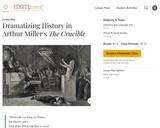
By closely reading historical documents and attempting to interpret them, students consider how Arthur Miller interpreted the facts of the Salem witch trials and how he successfully dramatized them in his play, "The Crucible." As they explore historical materials, such as the biographies of key players (the accused and the accusers) and transcripts of the Salem Witch trials themselves, students will be guided by aesthetic and dramatic concerns: In what ways do historical events lend themselves (or not) to dramatization? What makes a particular dramatization of history effective and memorable?
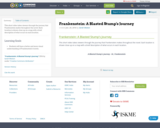
This short video takes viewers through the journey that Frankenstein makes throughout the novel. Each location is shown close up on a map with a brief description of what occurs in each location.
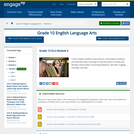
In this module, students read, discuss, and analyze nonfiction and dramatic texts, focusing on how the authors convey and develop central ideas concerning imbalance, disorder, tragedy, mortality, and fate.
Find the rest of the EngageNY ELA resources at https://archive.org/details/engageny-ela-archive .
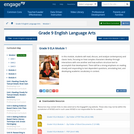
In this module, students will read, discuss, and analyze contemporary and classic texts, focusing on how complex characters develop through interactions with one another and how authors structure text to accomplish that development. There will be a strong emphasis on reading closely and responding to text dependent questions, annotating text, and developing academic vocabulary in context.
Find the rest of the EngageNY ELA resources at https://archive.org/details/engageny-ela-archive .
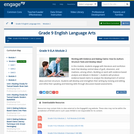
In this module, students engage with literature and nonfiction texts that develop central ideas of guilt, obsession, and madness, among others. Building on work with evidence-based analysis and debate in Module 1, students will produce evidence-based claims to analyze the development of central ideas and text structure. Students will develop and strengthen their writing by revising and editing, and refine their speaking and listening skills through discussion-based assessments.
Find the rest of the EngageNY ELA resources at https://archive.org/details/engageny-ela-archive .

Students will learn about Charles Dickens through a biography video, and they will use the video to help them to make predictions about what the novel Great Expectations is about.
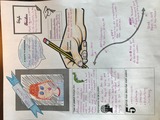
This mini-unit is an introduction to poetry and can be used in middle school or early high school. Each lesson should take about an hour and covers basic such as: Prose vs. Poetry, Traditional vs. Organic Poetry, poetry structure, figurative language and sound devices, context clues, tone, and meaning. Several examples of poems are provided along with notes, guided practice, and indepent assessments.

Module over W.W. Jacobs "The Monkey's Paw"
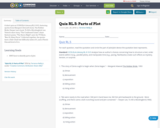
A short quiz on CCSS.ELA-Literacy.RL.9-10.5, featuring quotes from Margaret Atwood's book, The Robber Bride; Harper Lee's book, To Kill a Mockingbird; Leo Tolstoi's short story, "The Confessed Crime"; Anne Sexton's poem, "The Starry Night"; and, the TV Show, "Ben 10: Alien Force". Collected together, the quotes have a Dale-Chall text difficulty index of 4, and a Flesch-Kincaid level of 4.4.
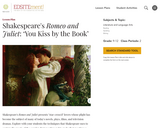
As one of literature's most iconic figures, both Shakespeare's plays and poetry provide an interesting glimpse into a variety of essential themes. In this lesson, students will examine how Shakespeare used the sonnet tradition to enhance his stagecraft by performing a scene from his play Romeo and Juliet.